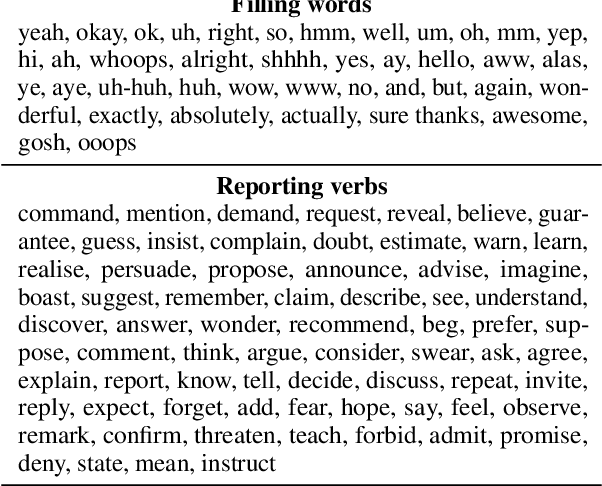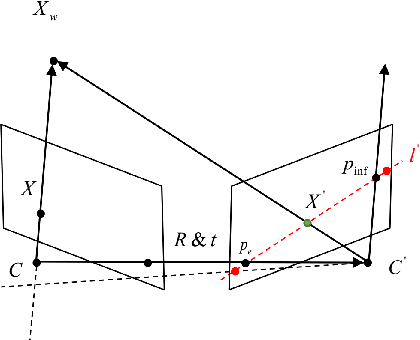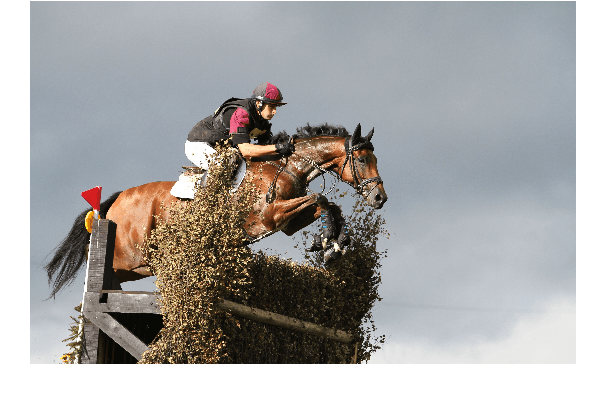Shengjie Li
Multimodal Propaganda Processing
Feb 17, 2023


Abstract:Propaganda campaigns have long been used to influence public opinion via disseminating biased and/or misleading information. Despite the increasing prevalence of propaganda content on the Internet, few attempts have been made by AI researchers to analyze such content. We introduce the task of multimodal propaganda processing, where the goal is to automatically analyze propaganda content. We believe that this task presents a long-term challenge to AI researchers and that successful processing of propaganda could bring machine understanding one important step closer to human understanding. We discuss the technical challenges associated with this task and outline the steps that need to be taken to address it.
End-to-End Neural Discourse Deixis Resolution in Dialogue
Dec 03, 2022



Abstract:We adapt Lee et al.'s (2018) span-based entity coreference model to the task of end-to-end discourse deixis resolution in dialogue, specifically by proposing extensions to their model that exploit task-specific characteristics. The resulting model, dd-utt, achieves state-of-the-art results on the four datasets in the CODI-CRAC 2021 shared task.
Segmenting Epipolar Line
Oct 11, 2020



Abstract:Identifying feature correspondence between two images is a fundamental procedure in three-dimensional computer vision. Usually the feature search space is confined by the epipolar line. Using the cheirality constraint, this paper finds that the feature search space can be restrained to one of two or three segments of the epipolar line that are defined by the epipole and a so-called virtual infinity point.
Clue: Cross-modal Coherence Modeling for Caption Generation
May 02, 2020



Abstract:We use coherence relations inspired by computational models of discourse to study the information needs and goals of image captioning. Using an annotation protocol specifically devised for capturing image--caption coherence relations, we annotate 10,000 instances from publicly-available image--caption pairs. We introduce a new task for learning inferences in imagery and text, coherence relation prediction, and show that these coherence annotations can be exploited to learn relation classifiers as an intermediary step, and also train coherence-aware, controllable image captioning models. The results show a dramatic improvement in the consistency and quality of the generated captions with respect to information needs specified via coherence relations.
 Add to Chrome
Add to Chrome Add to Firefox
Add to Firefox Add to Edge
Add to Edge